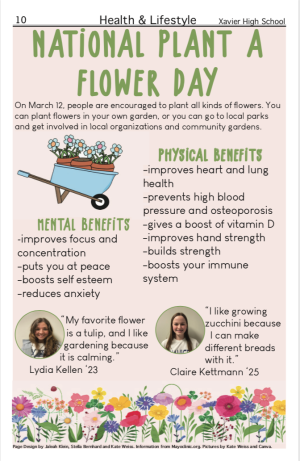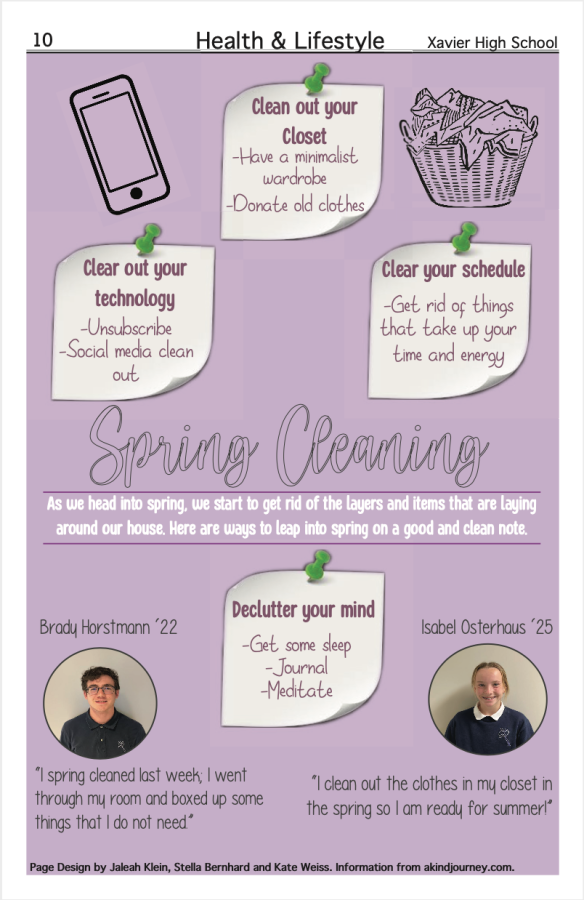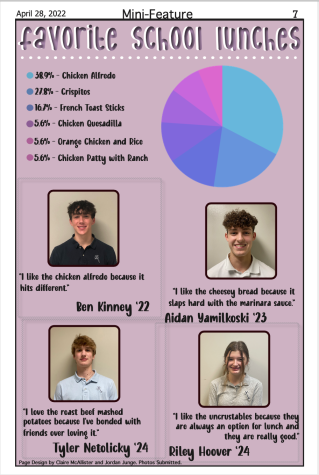Masks beyond politics
September 24, 2020
Masks are everywhere — in school, in stores, almost everywhere in public. With such a noticeable and radical change to our daily lives, it is only natural to be skeptical of and challenge the sudden change. However, the questioning of the logic behind a mask has turned from a scientific, humanitarian issue to a political one. Arguments rooted in emotions and personal opinions are produced on both sides, only to be ignored by those who refuse to even consider changing their stance. An unbiased and scientific look at the validity and safety of masks, though, produces facts and figures which relieve many of the common concerns of those who are still wary of masks.
A common argument is that COVID-19 is not as dangerous as the media leads us to believe. A statistic from the Centers for Disease Control and Prevention, or the CDC, caused a buzz on social media when it announced that 6% of COVID-19 related deaths were in people without comorbidities. The statistic was used by people who began to argue that the virus was not dangerous, saying that only 6% of deaths were truly “from” the virus. This, however, is a misinterpretation of data and a misunderstanding of the word “comorbidity.” While 6% of deaths only stated COVID-19 as their cause, according to Dr. Alfred Sommer of the Johns Hopkins Bloomberg School of Public Health, 100% of the deaths were brought on by COVID-19, regardless of any pre-existing conditions. Dr. Eric Feigl-Ding of the Federation of American Scientists compares the belief that only 6% of deaths were caused by COVID-19 to the faulty logic that cancer patients who die of cancer must not have really died of cancer if they had other comorbidities such as high blood pressure or high cholesterol. Additionally, a New York Times analysis of estimates from the CDC shows that there has been 200,000 more deaths in 2020 than the average year. If COVID-19 did not cause the sudden uptake in mortality, what did?
Another misconception is that masks do more harm than good, and can actually make people sick. According to Mayo Clinic, in response to the argument that wearing a mask will increase the amount of inhaled carbon dioxide, “There is no risk of hypoxia, which is lower oxygen levels, in healthy adults. Carbon dioxide will freely diffuse through your mask as you breathe.”
With the regulations and mandates on masks constantly changing, many people come to believe that they do not have to wear masks because they are receiving “mixed signals.” While it is true there are mixed signals from politicians, the advice from scientists have remained the same. Mathematical models demonstrate the need for masks, and research has shown that masks greatly decrease the risk of spreading the virus as it blocks droplets formed by breathing and speaking. The only thing that has changed is our understanding of how contagious COVID-19 is through the air — and it is more contagious than was previously believed to be.
Nobody wants the pandemic to continue– it is causing ill effects for the members of all political parties. The first step to ending the pandemic, then, is to look past politics, and educate ourselves on what we can do to stop the virus from spreading so that we can all return to our normal lives.



